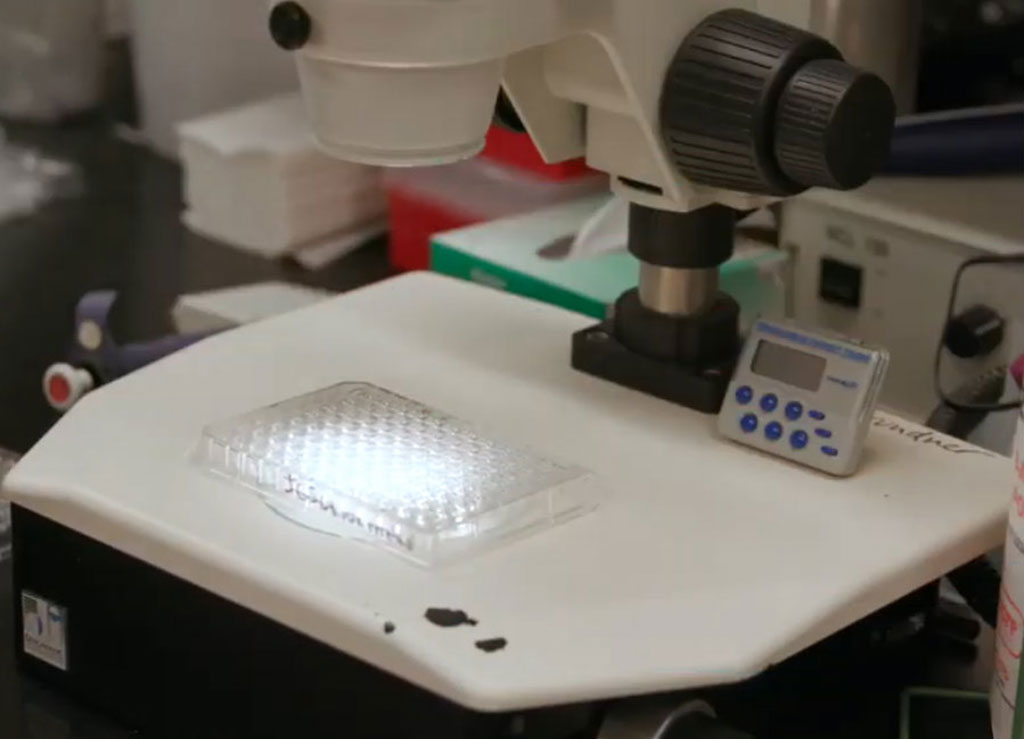New Cell-Free Test Rapidly Detects COVID-19 Neutralizing Antibodies
By LabMedica International staff writers
Posted on 26 Oct 2020
Scientists have developed a new way to quantify whether an individual has neutralizing antibodies that could prevent the SARS-CoV-2 virus from infecting cells using a method that is more broadly applicable than those currently available.Posted on 26 Oct 2020
Dr. Stephen Smith of Seattle Children's Research Institute (Seattle, WA, USA) developed the new way to test himself after he suspected he had COVID-19 in late February when the testing criteria had yet to be expanded to include individuals with his symptoms that included muscle aches, gastrointestinal distress and sudden loss of smell. The newly developed diagnostic could have a range of potential commercial applications from broad community testing to assessing vaccine responses and screening for convalescent plasmas that have particularly high levels of neutralizing antibodies as a potential treatment.

Illustration
The novel coronavirus enters cells when the viral spike protein binds to the ACE2 protein on the surface of human cells. Neutralizing antibodies that block this binding are thought to contribute to immunity to the virus in people who recover from COVID-19. Smith applied a technique called immunoprecipitation detected by flow cytometry (IP-FCM) to study the interactions between the proteins and to look for evidence that COVID-19 antibodies were inhibiting the interaction and blocking the virus from binding to cells. Instead of relying on live cells and viruses like other available blood tests, IP-FCM uses recombinant - or lab-made - proteins and instruments commonly available in commercial serological labs.
Using IP-FCM, Smith tested the blood samples from 24 cohort participants. The test showed that 92% of the participants had antibodies to the novel coronavirus at an average of a little over a month post-infection. Results were validated with 30 control samples. Interestingly, when researchers looked at the test results against other data gathered from the cohort, they found that those who mounted a fever had higher levels of antibodies. The research team also plans to retest the samples to see how antibody levels change over time. In addition to exploring opportunities to commercialize the diagnostic, Smith and his team are now using the test to rapidly screen thousands of approved drugs that could potentially interfere with the binding between ACE2 and the spike protein, and potentially identify drugs capable of preventing or treating COVID-19.
“Other tests that provide insight into immunity work by taking antibodies from your blood and mixing them together with a virus and then exposing that mixture to live cells. Three days later they can determine immunity based on whether your blood prevented the viruses from infecting the cells or not,” said Smith. “Our cell-free test can provide that same information overnight.”
“It’s going to be very important to look at people over a longer time period to track their antibody levels and whether or not they get re-infected,” added Smith. “Until we do those studies, we really don’t know how these clinical measures of antibody neutralization relate to susceptibility in the real world.”
Related Links:
Seattle Children's Research Institute













